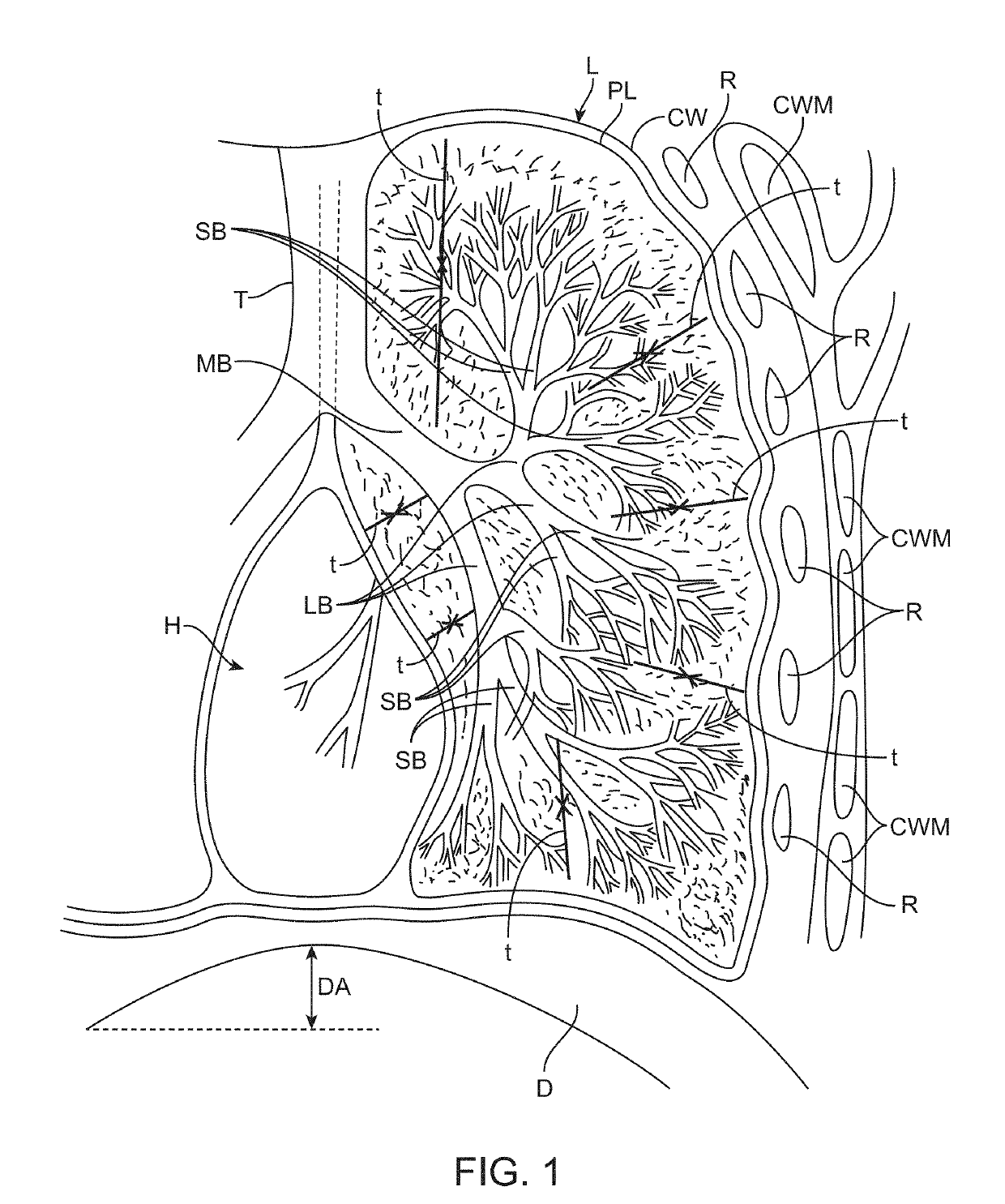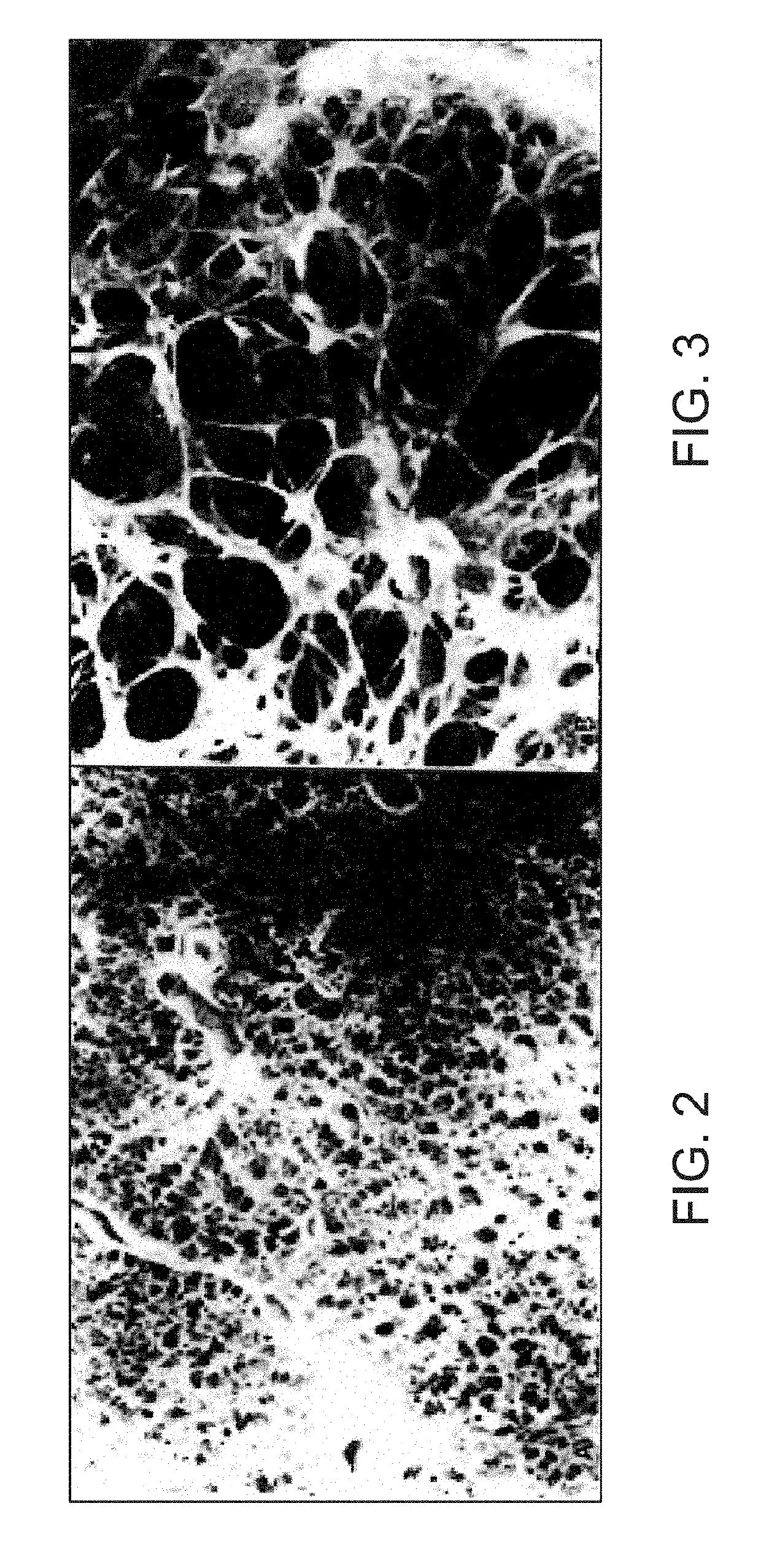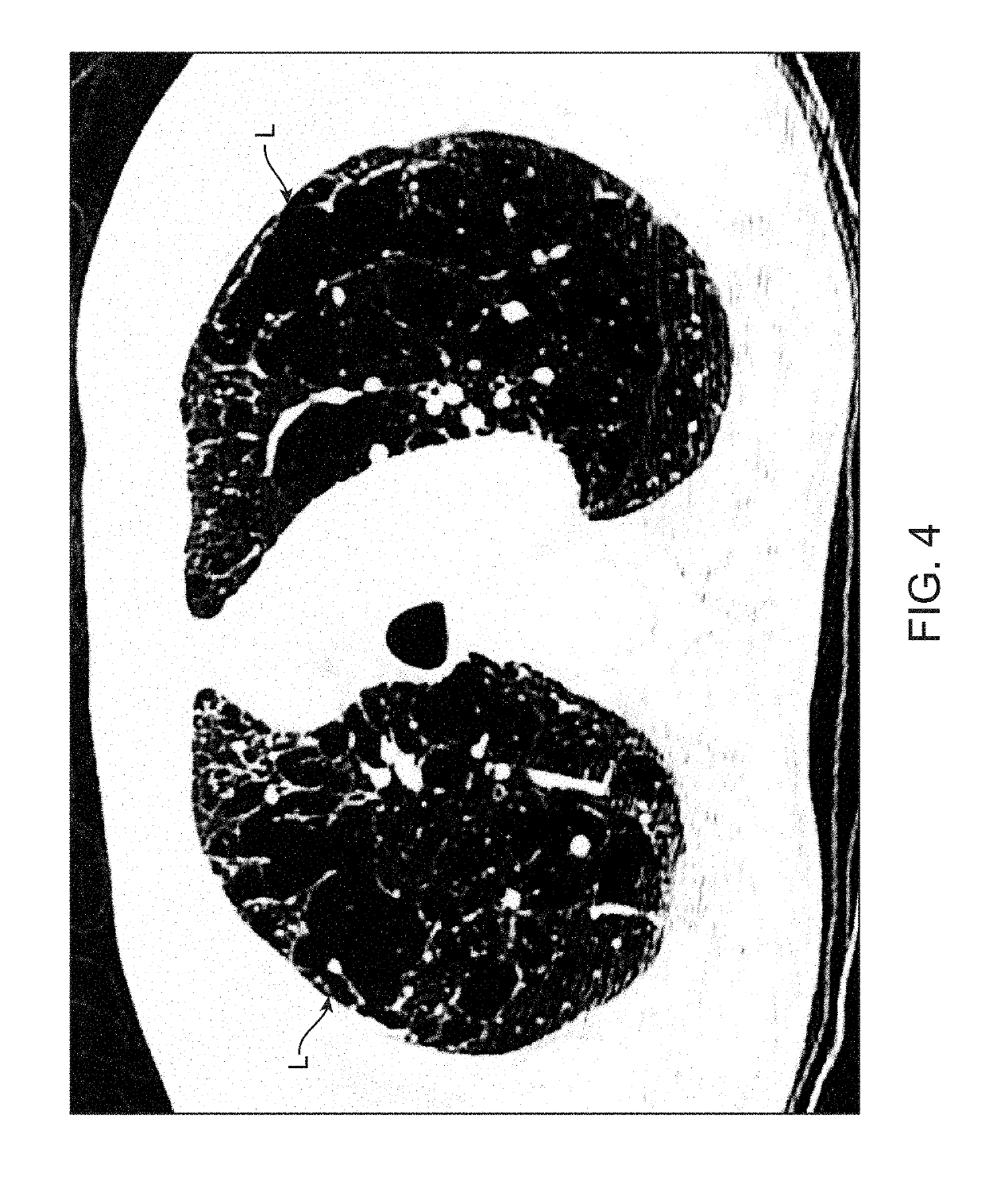Such symptoms may start as a minor impediment to daily life, but they often lead to difficulty in talking or basic
breathing.
This negatively affects mental
alertness and contributes to a very rapid
heartbeat, due to increased strain on the heart.
However, about 24 million more people may have the
disease and not know it.
Both
smoke that the smoker inhales (through the filter) and the
smoke from the burning end are toxic.
This causes a strain on the heart
muscle because it must pump more to provide the same amount of
oxygen.
This has been shown by selective chemical oxidation to yield a relatively ineffective inhibitor that associates with
elastase some 2000 times more slowly than the
native protein.
This results in oxidant damage to lung cells and cellular components such as lipids, cofactors, and nucleic acids.
Such damage affects the walls between the alveolar sacs.
This makes it more difficult for the capillaries to absorb enough oxygen and for the body to expel
carbon dioxide, making it progressively harder to breathe.
In addition, the
air sacs lose their elasticity making it harder to
recoil and expel air.
The walls of the airways thicken and become swollen while making more
mucus than normal which can clog the airways that lead to the
air sacs.
Another common COPD symptom is
air trapping which causes
breathing disfunction as well as lobar and lung hyperinflation.
Both types of
air trapping causes 1) lung gas congestion, preventing new oxygen from being inspired, 2) retainment of CO2 in the lung and
blood stream (
hypoxemia) and 3) crushing of better functioning lobes making them incapable of inspiration or expiration.
Ultimately, enzymes destroy and eliminate airways and alveoli tissue.
If they rupture, they allow air to escape into the pleural space between the lung and chest wall, which is normally holding the lungs expanded and pinned to the chest wall with vacuum, resulting in a spontaneous
pneumothorax or collapse of the lung.
However, this
surgery presents patients with high risk of
surgery related morbidity and mortality.
Patients who already have distressed breathing due to the
disease are further stressed with severe
orthopedic trauma due to a sternotomy, which presents difficulty in reviving these patients from general
anesthesia.
This reduces lung capacity that patients need to exchange gas.
LVRS is also not effective for homogenous disease, which is the type that most
COPD patients suffer from.
Homogenous patients need therapy because they suffer from an insufficient lung capacity to exchange gas.
Therefore, the
surgery actually degrades these patient's ability to breathe.
Thus, the valves may actually degrade these patient's ability to breathe.
Another limitation with the valves is the fact that approximately 80% of patients present with additional flow paths that lead into the lobe in addition to the major
airway tree that is typically shown in
anatomy texts.
The valves are designed to block flow in airways but in the majority of patients, total blockage or perfect pneumatic isolation can never be achieved and the lobe never collapses.
Other times, the
inflammation can cause long term morbidity and even mortality.
Other serious pulmonary side effects within 6 months after the procedure include repetitive COPD exacerbations, pneumonia,
bronchitis, and hemoptysis.
However, such treatment again ultimately suffers from some of the same limitations as LVRS.
In particular, lung sealants destroy lung tissue and reduce lung capacity so they are not effective for homogenous disease, which is the type that most
COPD patients suffer from.
Thus, these techniques actually degrade these patient's ability to breathe.
However, such bending and folding of the airways increases resistance to gas flow which blocks the airways from flowing efficiently to exchange gas.
Thus, there is limited inspiration and expiration in those regions which reduces the patient's capacity to breathe.
In addition, the coil design and dimensions provide a very small contact area which produces
high pressure and compressive stress on the lung tissue.
This potentially allows for a kind of “cheese wire”
cutting effect that limits the
effective time that a treatment remains effective, even if initial results are positive.
However, due to the nature of the disease and the enzymatic destruction in
COPD patients, substantial, thick walled airways are nearly absent beyond the 4th
airway generation in patients with the requisite degree of disease that would require this type of intervention.
The typical disease related tissue destruction leaves only fragile segments of thin tissue in areas in contact with the coils and this can only accelerate the “cheese wire” effect which may reduce the potential for
treatment success substantially.
Since the patient's entire cardiac pumping capacity is routed through the lungs and these vessels, the use of such coils on these airways would present the patient with extreme risk.
Devices such as the endobronchial coils and endobronchial valves that are mechanical structures suffer from fatigue related failure due to the high number of breathing cycles that these products endure and the nature of the flexure that lung airways present on these devices.
In many cases,
device failure occurs where metallic or stiff biocompatible materials are placed in the lungs where coughing presents the devices with repeated high force flexure and
airway collapse.
Another cause for
device failure is tissue
irritation and granular buildup of
airway wall tissue and the formation of bacterial colonies that are commonly found on implanted polymers in the lung.
Most devices that have been previously proposed to treat COPD in the past have included one or more design flaws to cause
granulation tissue formations or
bacterial colonization's which are nearly impossible to remove or otherwise treat.
Compression of lung tissue can compress and block blood vessels leading to
tissue necrosis and
cell death, which in turn causes chronic air leaks and eventual lung collapse due to breaching of the vacuum seal between the lungs and chest wall.
 Login to View More
Login to View More  Login to View More
Login to View More 


